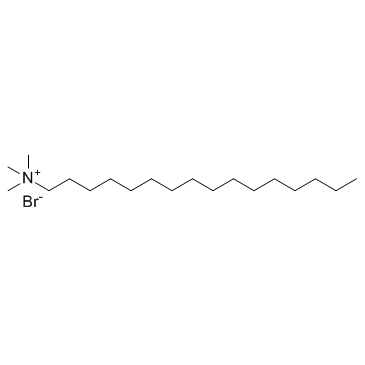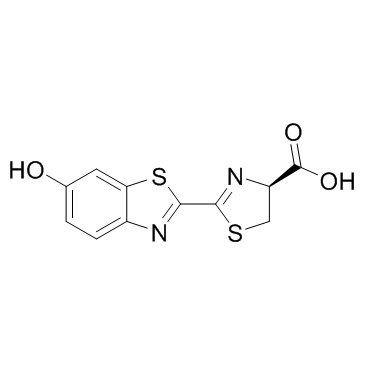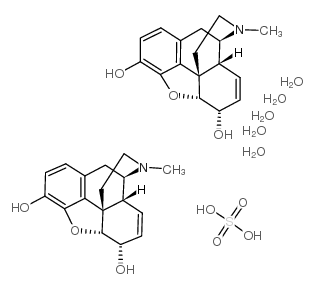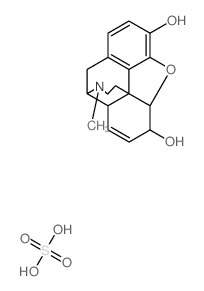| Structure | Name/CAS No. | Articles |
|---|---|---|
 |
Acetone
CAS:67-64-1 |
|
 |
sodium chloride
CAS:7647-14-5 |
|
 |
L-Glutamine
CAS:56-85-9 |
|
 |
Hexadecyl trimethyl ammonium bromide
CAS:57-09-0 |
|
 |
SODIUM CHLORIDE-35 CL
CAS:20510-55-8 |
|
 |
D-Luciferin
CAS:2591-17-5 |
|
 |
D-(-)-Morphine
CAS:57-27-2 |
|
 |
morphine sulfate pentahydrate
CAS:6211-15-0 |
|
 |
morphine sulfate
CAS:64-31-3 |